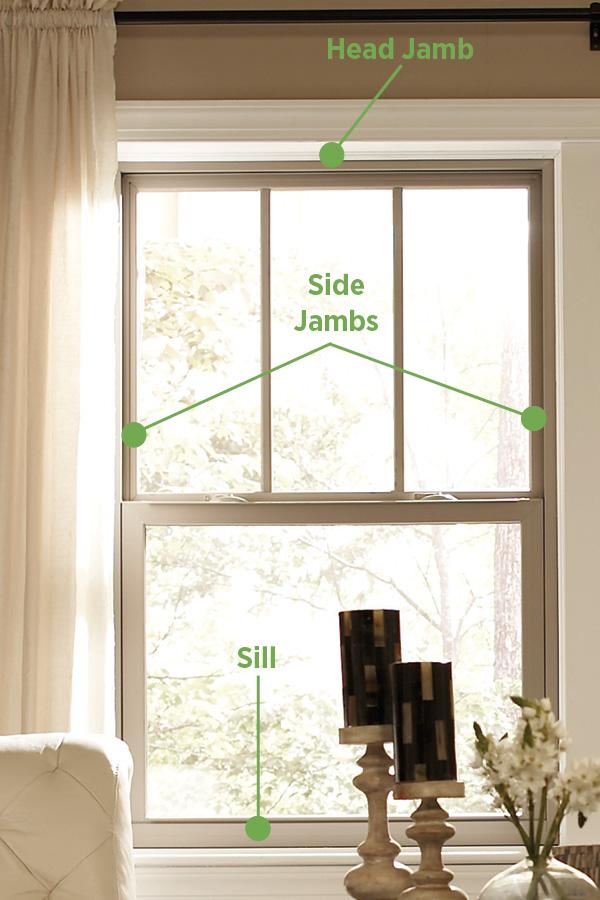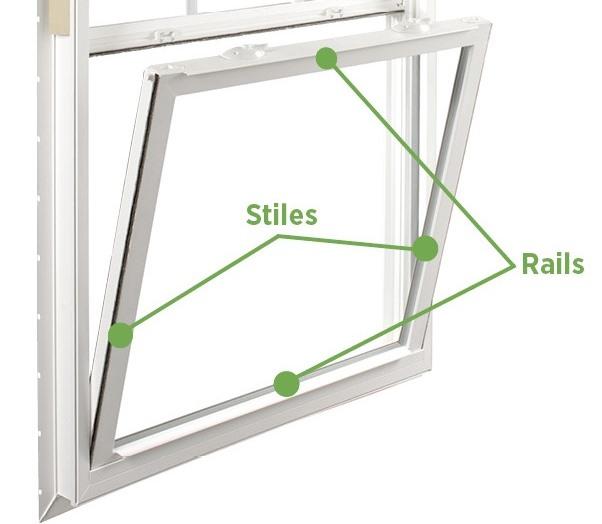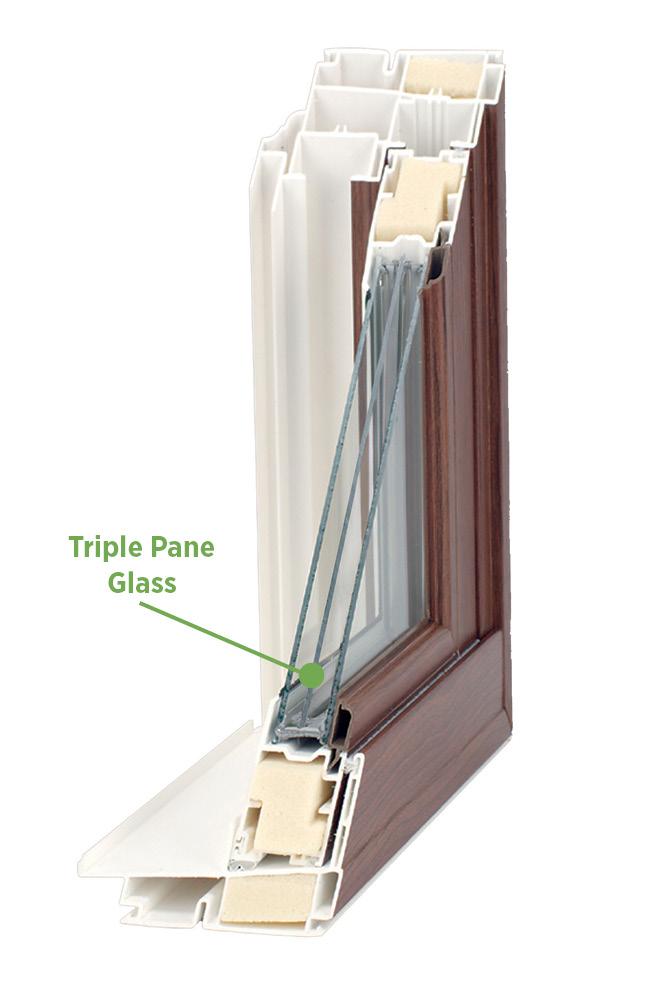Learn the Lingo: Basic Window Features
As a homeowner, it’s important to be familiar with window and patio door vocabulary—understanding the basic terms will help in your conversations with contractors, remodelers, or home improvement store sales staff.
But, before we review the terminology, it’s worth recapping the purpose and function of the windows in your home. While windows deliver multiple benefits, perhaps the most important one is air flow into and out of your home. On those perfect weather days when the breeze picks up, opening a window allows you to bring the fresh air, in. On the other hand, windows allow you to move smoky air out when you accidentally burn the popcorn.
And, as simplistic as it may seem, windows also allow light into your home. Imagine a house with no windows—how dark and stuffy it would be. Therefore, when you’re planning it’s important to consider window size and placement, because in doing so, you’re making decisions on the look and feel of the space. Finally, windows allow us to take in the scenery around us. Whether it’s a mountain vista, a cityscape, or just a small bird feeder placed outside, windows allow us to enjoy—and incorporate—the outdoors from the comfort of our homes.
Explaining the language of windows and patio doors is what the Learn the Lingo blog series is all about—each month, I’ll have a new post in the series, helping you navigate window
language and terminology.

- Frame — The window frame is the portion of your window that attaches to the wall of the house. Window frames can hold sash or glass. There are three primary components of a window frame:
- Head, or Head Jamb — The head is the top horizontal, arched or angled piece of the window frame.
- Jambs, or Side Jambs — Side window jambs are the vertical pieces on each side of the frame.
- Sill — The window sill is the bottom of a window frame that runs horizontally.

- Sash — The sash is the movable or stationary panel that holds the glass. It is made of two primary structural components:
- Stiles — The stiles are the vertical components of the sash.
- Rails — The rails are the horizontal components of the sash.

- Glass — There are multiple glass options for windows. We’ll go over the basic options here, and revisit glass packages in a separate Learn the Lingo blog.
- Single Pane — Just as it sounds, single pane glass is one thickness of glass separating you from Mother Nature. While cost-effective up front, single pane glass doesn’t offer much in the way of insulating properties and long-term energy efficiency.
- Insulated Glass Unit (IGU) — An IGU is two or three panes of glass separated by an air or gas-filled space, which insulates the window.
- Double Pane — Double pane glass offers two panes of glass with an air or gas-filled insulating space between them.
- Triple Pane — An even more energy efficient glass, triple pane glass offers three panes of glass, which hold air or gas to provide the best insulation.
Become a window pro. Check back for part two of our “Learn the Lingo” series which will explain the different types of windows.
